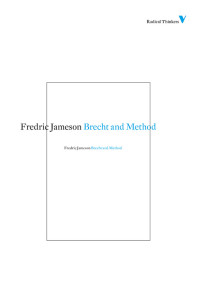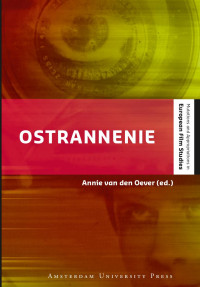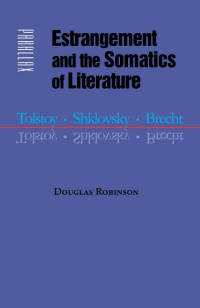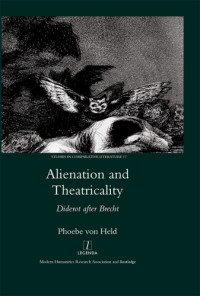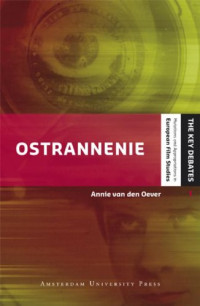
Estrangement and the Somatics of Literature: Tolstoy, Shklovsky, Brecht (Parallax: Re-visions of Culture and Society)
Douglas Robinson
Drawing together the estrangement theories of Viktor Shklovsky and Bertolt Brecht with Leo Tolstoy's theory of infection, Douglas Robinson studies the ways in which shared evaluative affect regulates both literary familiarity -- convention and tradition -- and modern strategies of alienation, depersonalization, and malaise.This book begins with two assumptions, both taken from Tolstoy's late aesthetic treatise What Is Art? (1898): that there is a malaise in culture, and that literature's power to "infect" readers with the moral values of the author is a possible cure for this malaise. Exploring these ideas of estrangement within the contexts of earlier, contemporary, and later critical theory, Robinson argues that Shklovsky and Brecht follow Tolstoy in their efforts to fight depersonalization by imbuing readers with the transformative guidance of collectivized feeling. Robinson's somatic approach to literature offers a powerful alternative to depersonalizing structuralist and poststructuralist theorization without simply retreating into conservative rejection and reaction.Both a comparative study of Russian and German literary-theoretical history and an insightful examination of the somatics of literature, this groundbreaking work provides a deeper understanding of how literature affects the reader and offers a new perspective on present-day problems in poststructuralist approaches to the human condition. (2010)
Категории:
Година:
2008
Издателство:
Johns Hopkins University Press
Език:
english
Страници:
344
ISBN 10:
0801887968
ISBN 13:
9780801887963
Файл:
PDF, 1.41 MB
IPFS:
,
english, 2008
 Amazon
Amazon  Barnes & Noble
Barnes & Noble  Bookshop.org
Bookshop.org  Конвертиране на файлове
Конвертиране на файлове Още резултати от търсенето
Още резултати от търсенето Други предимства
Други предимства 


